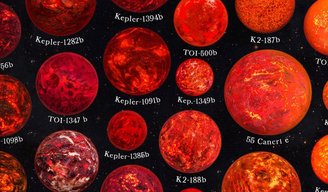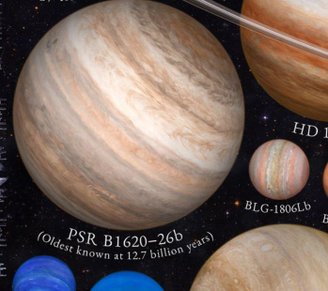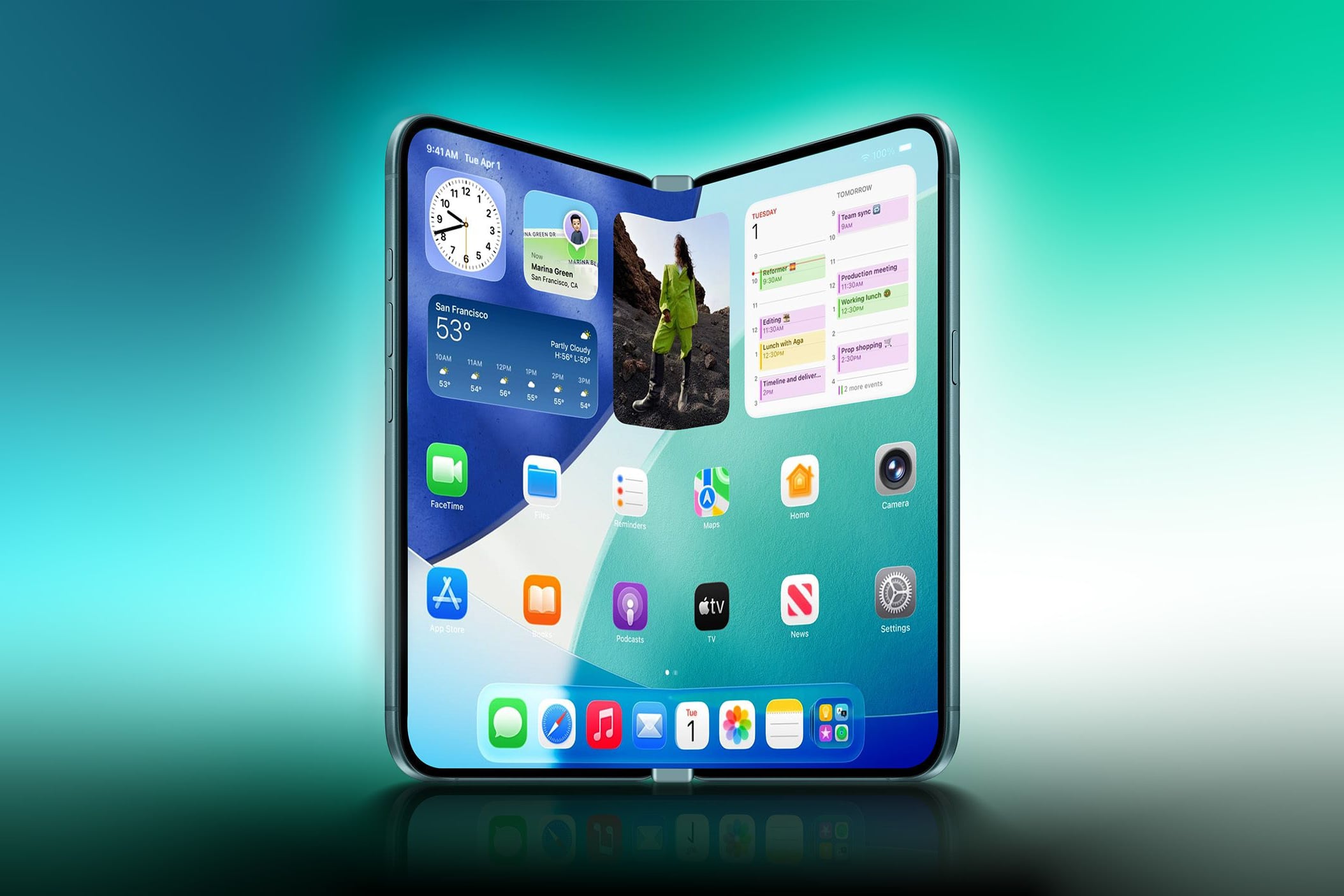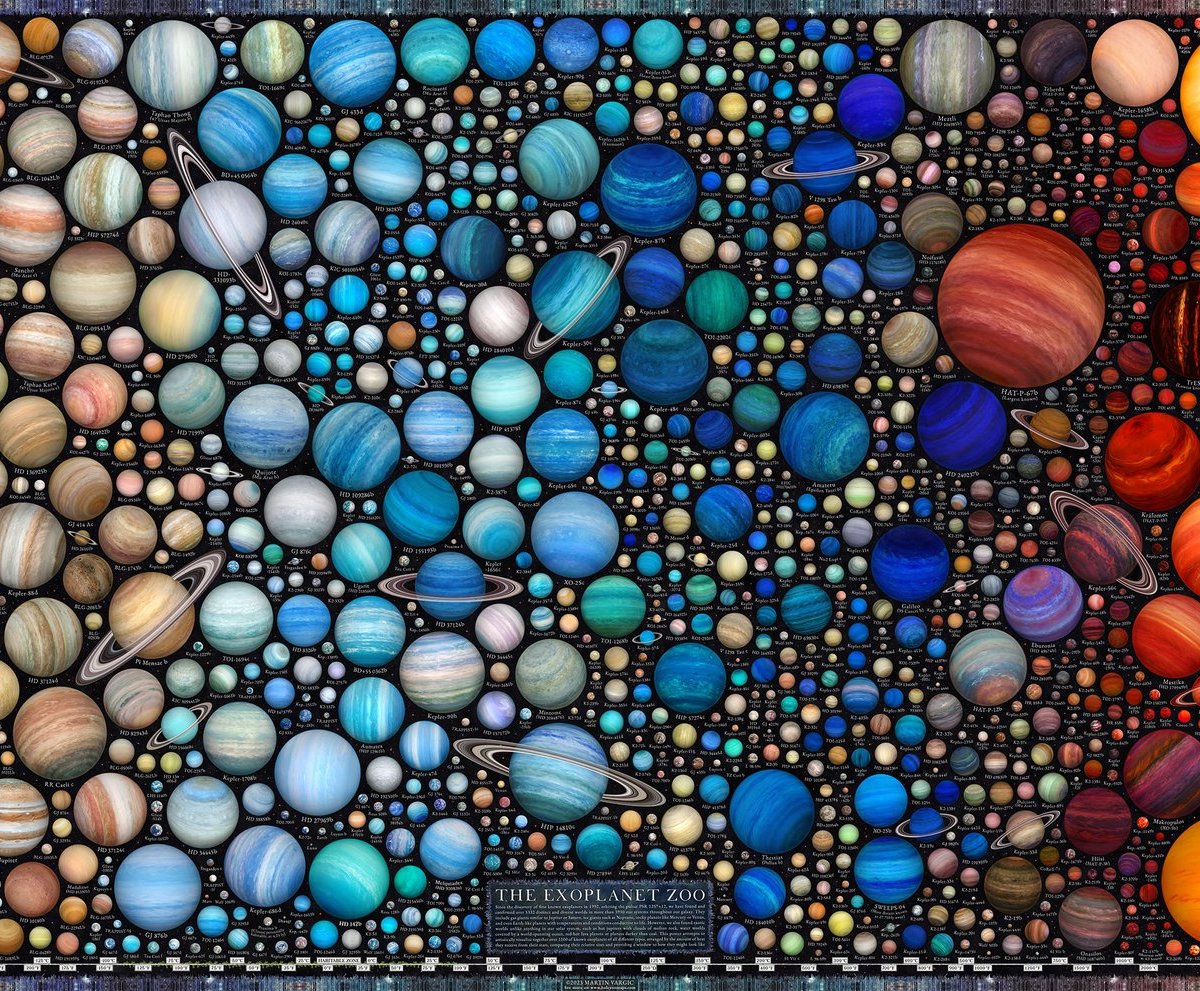Renowned for his creative, detailed and sometimes provocative maps and infographics, graphic artist and cartographer Martin Vargic has published two important new works on his website: posters that focus on exploring the Universe, one of the Slovak’s passions since he was ten years old.
New infographic posters It displays about 1,600 exoplanets of different types and sizes.In the first of these, called Icy and Rocky Worlds, a happy combination of art and scientific precision, Vargic visualizes and maps the different types of icy and rocky planets found in the universe.
In Exoplanet Zoo, the artist goes even further and offers detailed and artistic visualizations of the different types of exoplanets that have already been discovered and theorized, along with some unique features: their classification as gas giants, super-Earths, gas dwarfs, and terrestrial planets.
Exoplanet Zoo and Sudarsky School

Vargic to complete ‘extrasolar planet zoo’ a theoretical classification system for gaseous exoplanets called the Sudarsky ScaleCreated by University of Arizona astrophysicist David Sudarsky, the table categorizes these planets based on the different chemicals and temperatures in their atmospheres.
Discover the main classes of gas giants identified by Sudarsky
- Class: ammonia clouds, which are found in the coldest regions of space, with temperatures below 150 K (-123.15 °C);
- Class II: water clouds, temperatures between 150 K and 250 K (-23.15 °C);
- Class III: precipitation clouds composed of metal particles and silicates, temperatures between 350 K and 800 K (526.85 °C), atmospheres hot enough to prevent water from condensing;
- Class IV: silicate and metallic oxide clouds, temperatures between 800 K and 1500 K (1226.85 °C);
- Class V: with metal clouds and silicate droplets and temperatures exceeding 1500 K.
Because of their high temperatures and proximity to their host stars, these planets are covered in clouds dominated by metal and silicate droplets. commonly known as “hot Jupiters” or “hot Neptunes”.

Highlights of Exoplanet Zoo
“It took about six to seven months to complete both infographics,” Vargic explained in an interview with Universe Today. “I worked on both at the same time, creating planetary textures and rendering individual planets.” The study used data from the Extrasolar Planet Encyclopaedia, NASA Exoplanet Archive, and ExoKyoto.

Highlights that can be observed up close include some gems such as PSR-B1620-26b, the oldest known exoplanet to date, and WASP-12b, an extremely hot gas giant, has been deformed into an oval shape due to its proximity to its host star.
Aesthetically beautiful and scientifically accurate, Martin Vargic’s creations are useful promotional tools for anyone interested in learning about exoplanets. and the importance of this research in the search for extraterrestrial lifeHigh resolution posters can be purchased directly from the artist’s website.
Infographics are really cool, aren’t they? If you liked the content, let us know on our social networks and take the opportunity to share the article with your friends who are astronomy fans. Until later!
Source: Tec Mundo
I’m Blaine Morgan, an experienced journalist and writer with over 8 years of experience in the tech industry. My expertise lies in writing about technology news and trends, covering everything from cutting-edge gadgets to emerging software developments. I’ve written for several leading publications including Gadget Onus where I am an author.













